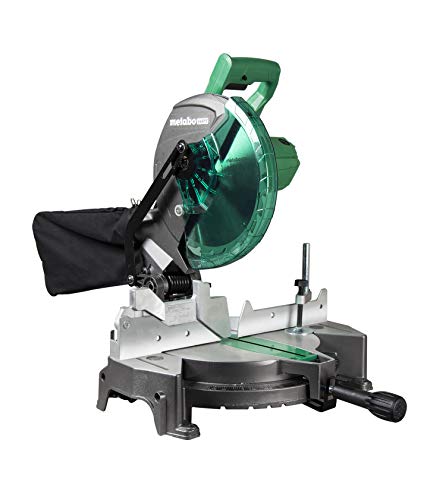Beautiful Plants For Your Interior
Beautiful Plants For Your Interior
How to Choose the Right Table Saw for Your Workshop
Choosing the right table saw for your workshop involves considering several factors, which include the type of work you’ll be doing and your budget. Here are some steps to follow:
1. Know the types:
2. Consider the features:
3. Check the power:
4. Set a budget:
By following these steps, you can choose the right table saw that meets your needs and budget.

As any woodworker knows, the most important and essential tool in the workshop is the table saw. It is, therefore, critical that you choose the right one for your needs. With so many different types of table saws on the market, however, it can be difficult to decide which one will be the best fit for your workshop. Here are some important things to consider before you make a purchase.
When selecting a table saw, the first thing you need to do is define your needs and budget. What exactly are you looking to accomplish with your saw, and how much are you willing to spend? Be realistic with what you need and can afford.
There are four main types of table saws: contractor, hybrid, cabinet, and portable. Each type has its own set of advantages and disadvantages. Factors such as the size of your workshop, the types of projects you intend to undertake, and your budget will all play a role in deciding which type of table saw will be right for you.
A contractor table saw is the most popular type of table saw. These saws have a large table and are designed to be relatively portable. They are a good choice for those who need a saw that can be easily moved from place to place.
Contractor saws have a motor that hangs off the back of the saw and is connected to the arbor with a belt. This design allows for a larger blade and more power than a portable saw.
A hybrid table saw combines elements of a contractor saw with a cabinet saw. They have a closed cabinet base for better dust collection and more stability than a contractor saw.
Hybrid saws have an enclosed motor design that allows them to be shorter than a contractor saw. This means that they require less space in your workshop. They also have better dust collection than a contractor saw, which can be important if you are working in a small workshop.
Cabinet saws are designed for professional use and are typically found in woodworking shops. They are very heavy, usually weighing close to 600 pounds. Cabinet saws are also very expensive.
With a 3 to 5 horsepower motor, a cabinet saw is incredibly powerful, making it ideal for long working hours cutting dense material. They also have an enclosed base, providing a better dust collection and a more stable platform for cutting. If you are looking for the best quality cuts with maximum accuracy and precision, a cabinet saw is the way to go.
A portable table saw is ideal for those who work on job sites or who need a saw that can be easily moved from place to place. They have a smaller table than a contractor saw and are designed to be lightweight and portable.
Portable saws have an open base design and usually come with a folding stand, making them easy to set up and take down. While not as powerful as a cabinet saw, they are capable of producing accurate and precise cuts.
When selecting a table saw, there are several features you need to consider.
The power of your table saw’s motor is one of the most important factors to consider. The larger and more powerful the motor, the easier it is to cut through thicker and harder woods.
The size of the blade is another critical factor to consider. The most common blade sizes are 10 inches and 12 inches. The larger the blade, the deeper the cut.
Rip capacity refers to the maximum width of a board that can pass through the saw. A larger rip capacity means you can tackle bigger projects.
Dust collection is essential for any woodworking project. Look for a saw with a dust collection system that is easy to use and clean.
Choosing the right table saw can make a significant difference in the quality of your woodworking projects. By considering your needs, budget, and workspace, as well as the features of the different types of saws, you’ll be able to make an informed decision. Remember to always put safety first and consider purchasing additional safety accessories such as a blade guard and base support for added protection. Happy woodworking!
-What is the difference between a table saw and a circular saw? toolzgeek
-What is the difference between a miter saw and a table saw? toolzgeek
-A beginner’s guide to table saws: Everything you need to know toolzgeek
-The pros and cons of different types of table saws toolzgeek
When selecting the right table saw for your workshop, consider the motor’s power and blade size, the type of blade, fence and miter gauge system, dust collection capability, and safety features.
Contractor table saws are portable and offer a good power-to-weight ratio, while cabinet table saws are more substantial and provide precision cutting capability.
Yes, you can use some table saws to cut materials such as metal, plastic, or composites, but it’s essential to select the appropriate blade for each material.
Yes, a riving knife is critical to your safety while using a table saw. It helps prevent kickback, keeping the workpiece from being thrown back at the operator.
To ensure your table saw’s optimum performance, maintain it regularly by keeping it clean and lubricated, checking and adjusting the blade alignment, and replacing worn or damaged parts promptly.